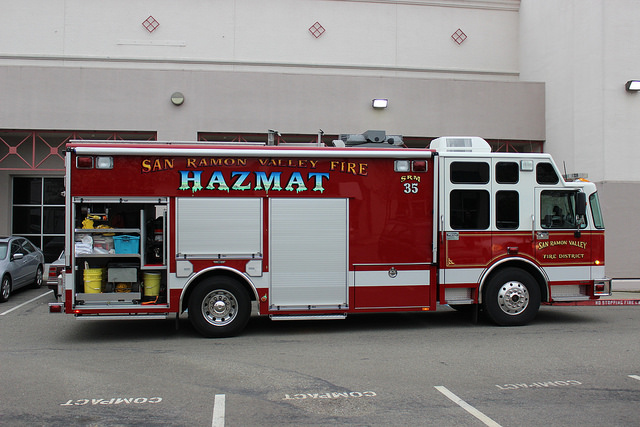Fire Protection Analysis – Types of Analysis – Limitations of Analysis

FIRE PROTECTION ENGINEERING PE EXAM SPECIFICATIONS
Unveiling the Limitations of Fire Protection Analyses
Fire protection analyses play a crucial role in assessing and mitigating the risks associated with fire incidents. These analyses involve evaluating the potential hazards, designing appropriate fire protection measures, and developing emergency response plans. While fire protection analyses are undoubtedly valuable tools, it is essential to acknowledge their limitations. Understanding these limitations can help us make informed decisions and develop more comprehensive strategies to safeguard lives, property, and the environment. In this blog post, we will delve into some key limitations of fire protection analyses.
- Assumptions and Simplifications: Fire protection analyses often rely on various assumptions and simplifications to model fire behavior and its impact accurately. These assumptions are necessary to simplify complex phenomena, but they can introduce uncertainties and deviations from real-world scenarios. For instance, fire models might assume uniform fire spread and heat transfer, neglecting factors like ventilation, fire growth rate, and fire load distribution, which can significantly impact fire dynamics in reality. Such simplifications can limit the accuracy and reliability of fire protection analyses.
- Variability in Human Behavior: Fire protection analyses frequently consider human behavior and evacuation processes during fire incidents. However, human behavior is inherently complex and unpredictable. People’s responses to fire emergencies can vary widely, influenced by factors such as panic, knowledge of evacuation routes, physical limitations, and cultural differences. Incorporating this variability into fire protection analyses is challenging, and assumptions regarding human behavior may not always reflect the actual response during a fire event.
- Incomplete Data and Lack of Standardization: Fire protection analyses heavily depend on the availability and quality of data. However, acquiring comprehensive data on fire incidents, fire spread patterns, and human behavior during emergencies can be challenging. In many cases, historical fire data may be incomplete or inconsistent, making it difficult to develop accurate models. Moreover, the lack of standardization in data collection and reporting practices across different jurisdictions can further hinder the reliability and comparability of fire protection analyses.
- Uncertainty in Fire Modeling: Fire modeling is a critical component of fire protection analyses. However, fire models inherently involve uncertainties due to the complexity of fire behavior and the limitations of current scientific understanding. Various factors, such as the accuracy of input parameters, assumptions made, and the level of detail in the model, can contribute to uncertainty in fire predictions. This uncertainty can impact the effectiveness of fire protection measures and decision-making processes based on the analyses.
- Dynamic Nature of Fire Risk: Fire risks can change over time due to factors such as building modifications, occupancy changes, or technological advancements. Fire protection analyses are often conducted at specific points in time, and they may not account for future changes adequately. Without regular reassessment and updates, the analyses may become outdated, and the effectiveness of fire protection measures can diminish. Constant vigilance and periodic reevaluation are essential to mitigate the limitations arising from the dynamic nature of fire risk.
Fire protection analyses are valuable tools for evaluating and managing fire risks. However, it is crucial to recognize their limitations to ensure a comprehensive and effective approach to fire safety. By acknowledging the assumptions and simplifications made, accounting for the variability in human behavior, improving data quality and standardization, addressing uncertainties in fire modeling, and adapting to the dynamic nature of fire risk, we can enhance the accuracy and reliability of fire protection analyses. By continuously striving to overcome these limitations, we can work towards creating safer environments for individuals and communities.
Limitations of Fire Protection Analyses

Fire Protection Engineering Resources
NCEES
Contact Us
Copyright© All Rights Reserved
EngineeringDesignResources.com prohibits the use or reproduction of this material by any means, graphic, electronic, or mechanical, except in the case of brief quotations embodied in critical articles and reviews. This includes photocopying, recording, taping, or by any information storage retrieval system.
Due to the dynamic nature of the Internet, web addresses or links in these materials may have changed.
Any resemblance in the images in this material to actual people or locations is merely coincidental. EngineeringDesignResources.com prohibits reprinting, copying, changing, reproducing, publishing, uploading, posting, transmitting, or using in any other manner images in this material.


